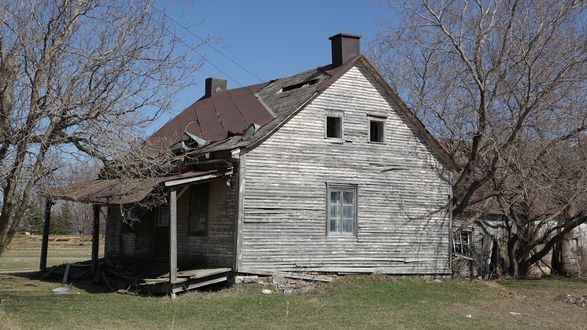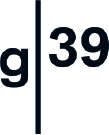Cities of Ash
12 July - 13 September 2014

Isabelle Hayeur
Flexing the architectural imagination, the artists in Cities of Ash offer the god-like experience of model city panoramas found in civic museums or on observation decks of towering skyscrapers. They each engage in the pursuit of obscuring the urban experience with a fantasy veil, leaving glimpses between its brushstrokes.
Merging many of the tendencies of the Psychogeography movement of the 1950s and 60s with Surrealism and Dadaism of the 20s, European literary figures such as Italo Calvino (‘Invisible Cities’) and René Daumal (‘Mount Analogue’) disordered and reimagined the city and the perception of place. They combined seemingly impossible trajectories with metaphysical questions about the environment that over half of the world’s population now call ‘home’.
The idea of shelter and the inhabitant is at the core of much of the work of Emily Speed. Through a variety of means and media, Emily makes broad inquires into how a person is shaped by the buildings they have occupied, how a person occupies their own psychological space and man’s attempt to create permanence and legacy through building.
Robin Tarbet assumes the role of a folk science explorer, which leads him to dismantle, dissect, and distort everyday technologies and appliances. Aesthetically he examines the architectural and conceptual similarities of the built environment to the increasingly technological yet mysterious worlds within.
James Moore paints landscapes in the photo-realist aesthetic. Constructed landscapes and fictional spaces make up the stage for an exploration of painting as a simulacra more than a representation. Ultimately, Moore’s paintings seek to picture something tangible, conjured up from our cultures obsession with simulations and fiction.
Colin Booth’s installations look at the relationship between the historic or already existing and the contemporary or new. They hold both a personal narrative and a broader reference to early modernism and the built environment. They explore relationships between form and function, art and transformation and the fragmentary and transient nature of our material environment.
Hannah Waldron makes tapestries that are architecturally grounded in place, but are adrift in time, in an archetypal temporality. Waldron carefully examines and maps aspects of human interpretation of a landscape. She plays with the nomadic quality of textiles in order to explore the role of the traveller, the tourist, the collector of cities. The gridded streets of Manhattan, the network of canals in Venice, the warp and weft of a weaving, all contain the structural potential for every possible scenario of humanity to play itself out.
Rob Voerman creates the architecture of fictive communities consisting of a mixture of utopia, destruction and beauty. Voerman’s often highly decorated self-build structures reflect on modernist ideas in relation to our current time and our current social and political issues. From the cabin of the Unabomber hidden in the Montana forests to art-deco and other influences, Voerman combines Romanticism with the grim qualities of terror, often resulting in a direct translation of destruction in a purely aesthetic form.
Through moving images and photography, Isabelle Hayeur investigates environmental, urban planning and social concerns. Isabelle engages with altered landscapes, industrial sites and suburban areas, showing how our societies take over territories and adapt them to their own needs.
Cities of Ash presents an immersive assembly of fantastical urban infrastructure, quasi-realism and psychogeographical reflection.
This show was curated by
Sam Perry The following Artists were in this show:- Rob Voerman
- Colin Booth
- Emily Speed
- Hannah Waldron
- Isabelle Hayeur
- James Moore
- Robin Tarbet
This show was curated by
- The following Artists were in this show:
- Rob Voerman
- Colin Booth
- Emily Speed
- Hannah Waldron
- Isabelle Hayeur
- James Moore
- Robin Tarbet











